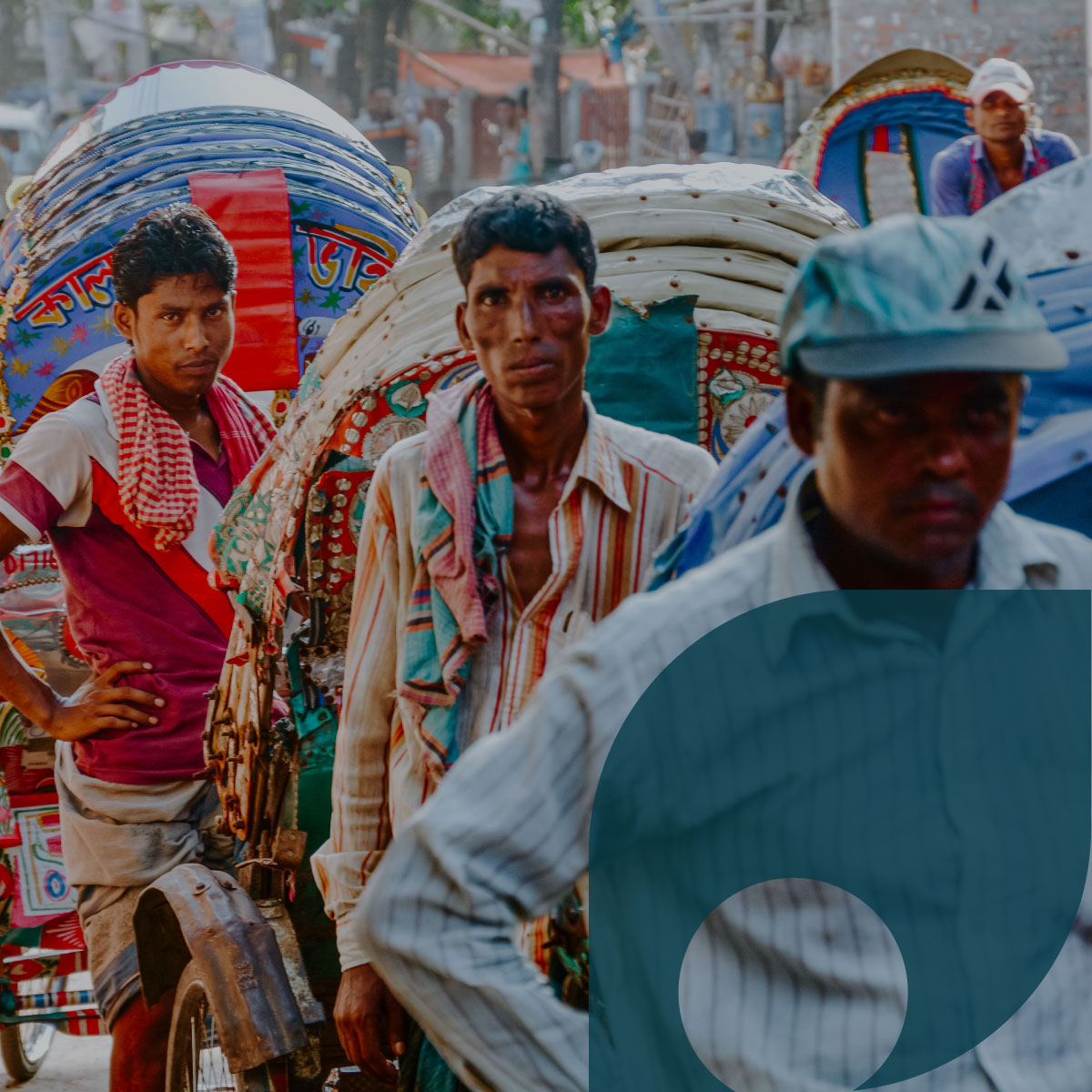Pillar Four: Identifying, reaching
and engaging the urban poor

Poverty exists across urban areas in a wide variety of forms, from single migrants sharing over-crowded lodgings, small pockets of slum households in middle-class neighbourhoods to large informal settlements. This diversity results in forms of urban poverty being overlooked in the data and evidence used by decision makers. Informal settlements are likely to be excluded from survey sample areas and even censuses. The limited use of public facilities means health management (HMIS) data also overlooks the urban poor. This results in an overly rosy picture of health skewed by data from the better off. The invisibility of the poor undermines resource allocation to overcome urban health inequities. There is limited evidence on how preventive and curative health services can reach the urban poor.

